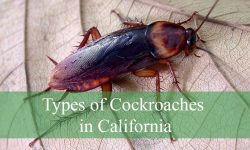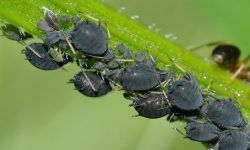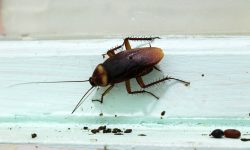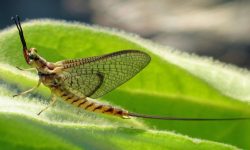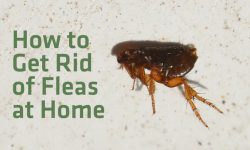In the world of gardening, the soil beneath our feet is often overlooked, yet it is an intricate ecosystem filled with life. Among the countless organisms residing in the soil, beneficial nematodes stand out as a remarkable ally for gardeners. These microscopic worms offer a natural and effective solution for managing pest populations that threaten the health of your plants.
This article will explore what beneficial nematodes are, how they work, and how to effectively use them in your garden.
Understanding Nematodes
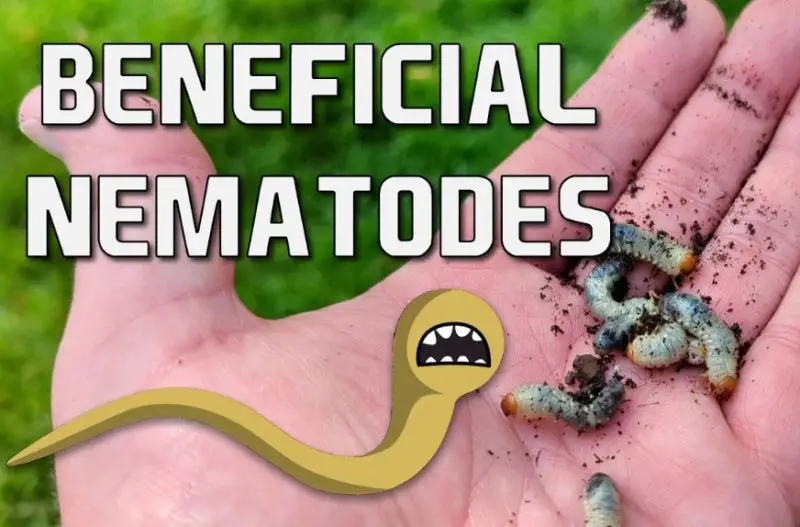
Nematodes, commonly known as roundworms, are microscopic organisms that inhabit various environments, including soil. While there are many types of nematodes, they can broadly be classified into two categories:
- Parasitic Nematodes: Some nematodes, such as root-knot nematodes (Meloidogyne spp.), are harmful to plants. They invade plant roots, causing damage that can lead to stunted growth and reduced yields.
- Beneficial Nematodes: On the other hand, beneficial nematodes, including species like Steinernema carpocapsae and Heterorhabditis bacteriophora, play a crucial role in pest control. These organisms are nature’s pest controllers, targeting harmful insects without affecting plants, humans, or beneficial animals.
The Importance of Beneficial Nematodes
Gardening is not just about nurturing plants; it’s about fostering a balanced ecosystem. Beneficial nematodes contribute significantly to this balance by:
- Controlling Soil-Borne Pests: Many common garden pests, such as cutworms and Japanese beetles, thrive underground. Beneficial nematodes actively seek these pests, using their natural predatory behavior to reduce their populations.
- Improving Soil Health: By preying on harmful insects, beneficial nematodes help maintain a healthy soil ecosystem. This pest control method enhances the overall health of the garden, promoting robust plant growth.
How Beneficial Nematodes Work
Beneficial nematodes are unique in their approach to pest control. Here’s how they function:
- Detection: Beneficial nematodes are capable of detecting the chemical cues released by their insect hosts. This ability allows them to locate and target pests effectively.
- Infection: Once they find a host, beneficial nematodes enter the insect’s body. Inside, they release symbiotic bacteria that kill the pest within 24 to 48 hours.
- Reproduction: After the host insect is eliminated, the nematodes reproduce within the cadaver, creating a new generation that continues the cycle of pest control.
How to Use Beneficial Nematodes in Your Garden
Using beneficial nematodes effectively requires some planning and attention to detail. Here’s a step-by-step guide to get you started:
Step 1: Choose the Right Species
Not all beneficial nematodes are the same. Select a species that targets the specific pests you want to control. Research the different types available and their compatibility with your garden’s ecosystem.
Step 2: Timing the Application
Timing is critical for successful nematode application. The best times to apply them are during early spring or late summer to early fall, when soil temperatures are conducive to their activity.
Step 3: Prepare the Soil
Before application, ensure that the soil is adequately moistened. Water the area thoroughly to saturate the top two inches of soil. This moisture will create an ideal environment for the nematodes to thrive.
Step 4: Mixing and Application
- Mixing: Follow the product instructions for mixing the nematodes with water. This step is crucial, as nematodes must be in a liquid solution for application.
- Application Methods: Use a watering can, hose with a sprayer, or a mister to distribute the nematode solution evenly over the targeted area.
Step 5: Post-Application Care
After applying the nematodes, water the area again to help them settle into the soil. Maintain soil moisture for at least two weeks to support the nematodes’ establishment and effectiveness.
Step 6: Follow-Up
It’s important to monitor your garden for signs of pest activity after application. You may need to reapply beneficial nematodes if pest populations remain high.
Where to Buy Beneficial Nematodes
Beneficial nematodes are readily available at garden centers, specialty retailers, and online marketplaces. Look for products that are labeled as organic or eco-friendly, ensuring that you’re selecting a solution that aligns with sustainable gardening practices.
Frequently Asked Questions
What Makes Beneficial Nematodes Different from Other Nematodes?
The key distinction lies in their behavior and ecological role. Beneficial nematodes specifically target and kill insect pests that spend part of their life cycle in the soil, while other nematodes may feed on plants, fungi, or bacteria without providing pest control benefits.
How Quickly Do Beneficial Nematodes Work?
Beneficial nematodes can start their pest control activity within 48 hours of application. However, visible results may take up to two weeks as they establish themselves and begin to reduce pest populations.
Are There Any Drawbacks to Using Beneficial Nematodes?
While beneficial nematodes are an effective pest management tool, they do have some limitations. They can be relatively expensive, have a short shelf life, and are sensitive to environmental conditions. Additionally, not all nematode species can be used alongside chemical pesticides, which may limit their application in some cases.
Conclusion
Beneficial nematodes represent a powerful and environmentally friendly approach to pest control in gardening. By understanding their role in the ecosystem, how they operate, and the proper methods for application, you can harness their natural abilities to protect your plants.
Whether you’re dealing with stubborn soil-borne pests or simply looking to enhance your garden’s health, beneficial nematodes can be your invaluable partners in creating a thriving garden ecosystem. With their unique capabilities, these microscopic allies can help you cultivate a flourishing garden that stands resilient against pests and promotes vibrant plant growth.

